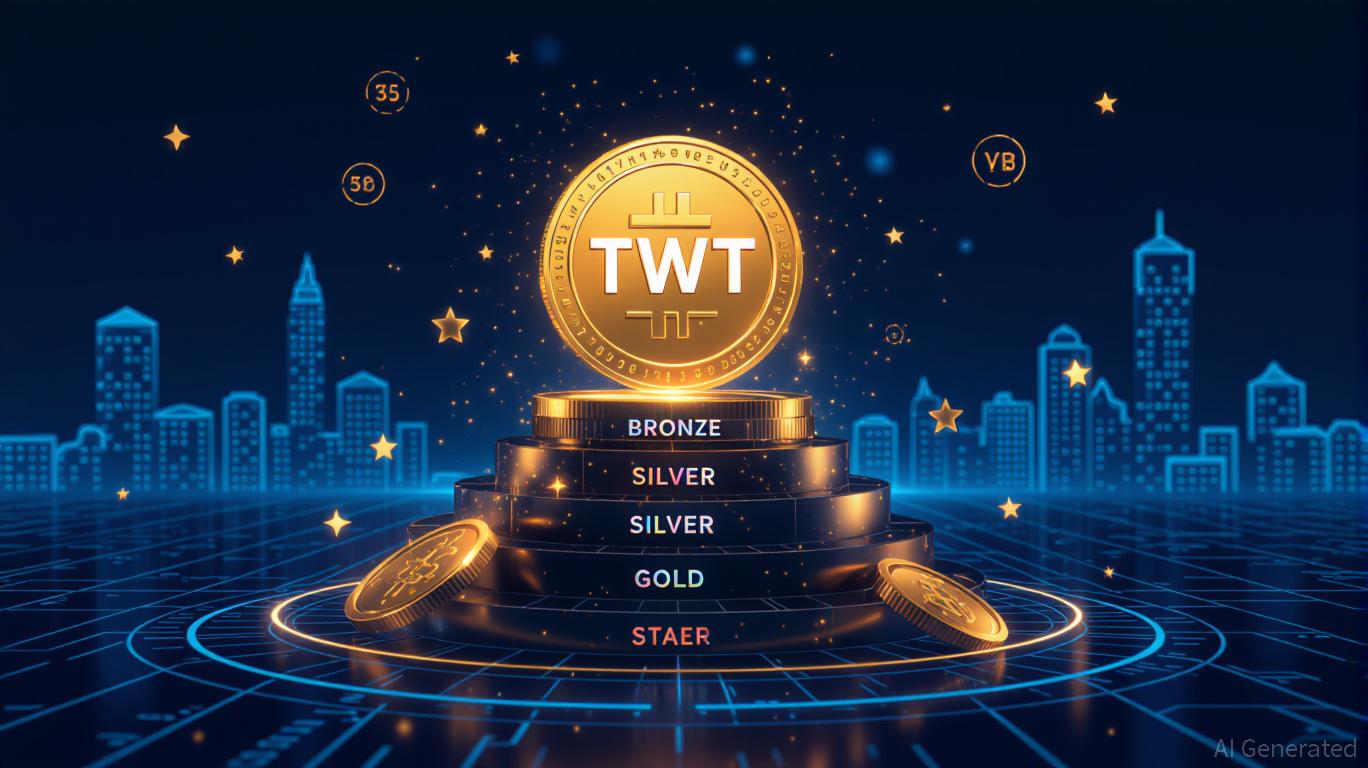XPL surged by 3123.26% within 24 hours due to an extraordinary rally
- XPL surged 3123.26% in 24 hours to $1.594, with 2567.92% gains over 7 days, 1 month, and 1 year. - Technical indicators showed strong bullish alignment, including RSI overbought levels and MACD expansion, confirming a breakout above key resistance. - Market analysis suggests institutional buying drove the rally, while a backtesting strategy aims to replicate momentum using RSI/MACD signals for entry/exit. - Traders monitor next resistance levels and volume dynamics as sustained bullish sentiment raises q
On September 27, 2025, XPL surged by 3123.26% in just 24 hours, reaching a price point of $1.594. Over the past week, XPL climbed 2567.92%, maintaining the same percentage gain over the past month and year.
XPL saw a dramatic overnight rally, hitting $1.594 after skyrocketing 3123.26% in a single day. This rapid ascent followed an extended period of sideways trading, accompanied by significant liquidity and swift order matching across various trading platforms. The 2567.92% rise over the last seven days further reinforced the bullish momentum, with market sentiment remaining strongly positive and no immediate signs of a pullback. The remarkable price action has drawn considerable interest from both traders and analysts, many of whom are now adjusting their strategies to account for this exceptional volatility.
Major technical indicators across leading platforms signaled a strong bullish trend. The RSI quickly shifted from oversold to overbought within hours, while the MACD histogram widened sharply, reflecting robust upward momentum. Breaking through a significant resistance level confirmed the ongoing uptrend. Experts anticipate that the next resistance zone could be challenged in the upcoming week, depending on trading volume and order flow patterns.
The market’s response to XPL’s surge has been overwhelmingly optimistic, with multiple on-chain analytics providers noting a rise in long positions and a decline in short interest. There is speculation that institutional investors are fueling the sustained rally, although no official statements have been made. Market watchers are keeping a close eye on the coming days for indications of either profit-taking or continued upward movement, as the recent gains have created a highly bullish atmosphere.
Backtest Hypothesis
In light of the recent technical signals and price action, a backtesting approach was designed to assess the effectiveness of a trend-following strategy. This method utilizes core indicators such as RSI, MACD, and price breakouts above established support and resistance levels. The main objective is to ride the momentum following a breakout and hold the position until a clear reversal is detected, typically signaled by a bearish divergence in the RSI or a bearish MACD crossover.
The backtest involves entering a long position at the first confirmed breakout above a critical resistance, with a stop-loss set just below the entry to limit downside risk. The exit criteria are met when either the RSI shows a bearish divergence or the MACD signals a bearish crossover, whichever occurs first. The strategy uses a 1-hour timeframe to match the fast-paced nature of XPL’s recent price movements.
This approach is designed to capture early momentum similar to the recent rally, aiming to exit before any potential reversal. Although the latest surge appears to be driven by strong institutional buying, the backtest serves as a theoretical framework to evaluate how such setups might perform under comparable market conditions.
Disclaimer: The content of this article solely reflects the author's opinion and does not represent the platform in any capacity. This article is not intended to serve as a reference for making investment decisions.
You may also like
Decentralized Finance's New Era: Examining TWT's Growth Following Its Addition to Exchanges
- Trust Wallet Token (TWT) shifted from exchange integrations to a loyalty-driven ecosystem via Trust Premium, linking token utility to user engagement tiers (Bronze-Gold). - TWT's price stabilized post-launch, with analysts projecting a $5.13 peak in 2025, driven by cross-chain utility and tiered incentives for long-term holdings. - The model redefines DeFi tokens as functional ecosystem components, prioritizing user retention over speculative trading, aligning with trends like tokenized real-world assets

TWT's Tokenomics 2025: Redefining DeFi Value Capture and Investor Rewards
- Trust Wallet's TWT token shifted from governance to gamified utility via 2025's Trust Premium loyalty program. - Users earn XP through on-chain activities, unlocking tiered rewards like gas discounts and exclusive airdrops. - The model prioritizes ecosystem growth over speculative yields, linking TWT value to user engagement and platform adoption. - By avoiding inflationary rewards and capping benefits, Trust Premium creates sustainable utility while mitigating devaluation risks. - This redefines DeFi to

Aster DEX’s Latest Protocol Enhancement and Liquidity Rewards: Advancing On-Chain Solutions and Optimizing DeFi Capital Utilization
- Aster DEX's 2025 protocol upgrade enables ASTER token holders to use their tokens as 80% margin collateral for leveraged trading, with a 5% fee discount for collateral users. - The upgrade triggered a 30% ASTER price surge and $2B 24-hour trading volume spike, attracting institutional attention including Coinbase's listing roadmap inclusion. - By converting ASTER into a functional collateral asset, the platform enhances capital efficiency while reducing liquidation risks through reduced margin requiremen

Vitalik Buterin's Progress in Zero-Knowledge Technology and the Investment Opportunities within Ethereum's Layer-2 Ecosystem
- Vitalik Buterin prioritizes ZK technologies to optimize Ethereum's post-Merge scalability, targeting modexp precompile replacement for 50% faster ZK-proof generation. - ZKsync's Atlas upgrade enables 15,000+ TPS and near-zero fees by redefining L1-L2 liquidity, positioning ZK-based L2s as Ethereum's infrastructure backbone. - Dencun's "blob" data slashes L2 costs by 98%, driving Base and Arbitrum to surpass Ethereum's base layer in transaction volume and user adoption. - ZK L2s like ZKsync and StarkNet s
